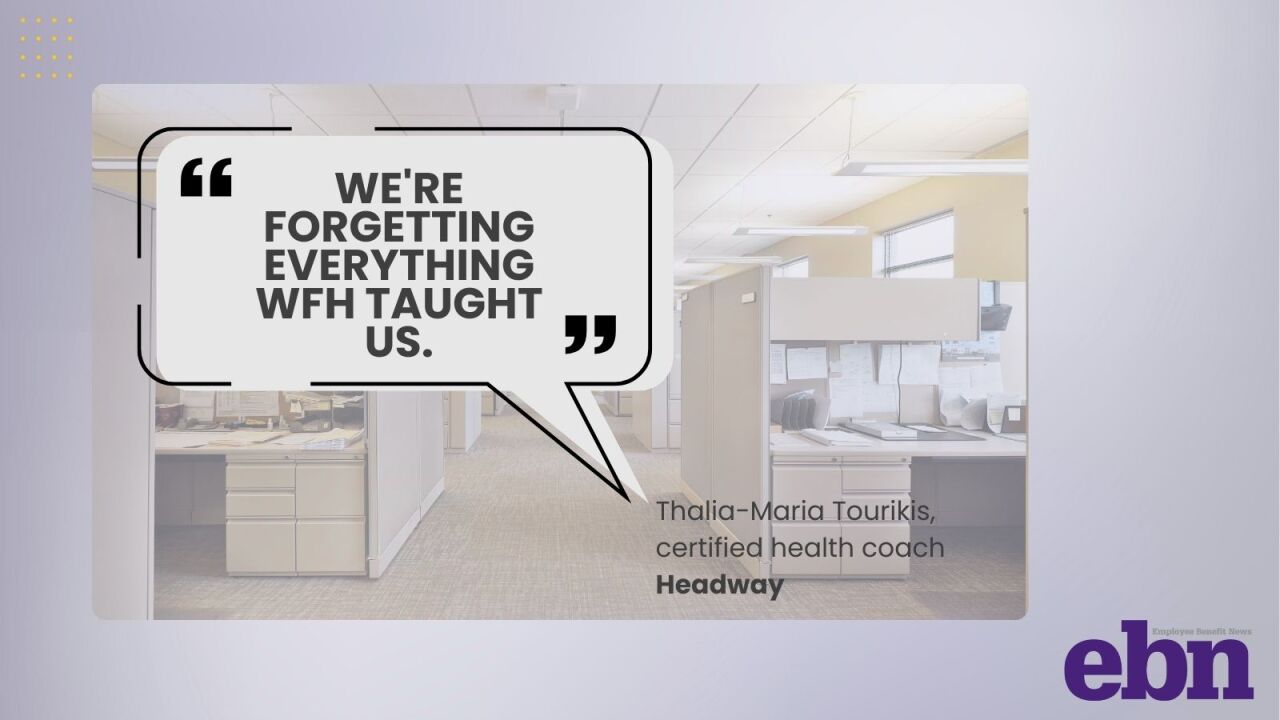USA Today made a splash in early June 2025 with an article about the approximately $1.7 trillion languishing in lost or forgotten 401(k)s. The average unclaimed balance from these 401(k) accounts is $56,616.
The findings, taken from a
Read more:
Although the Portability Services Network is available for use and other recordkeepers are welcome to join, some
The process powering 401(k) account consolidation is
Read more:
Understandably,
However, the minds of plan sponsors can be set at ease. That proposal is not enshrined in law and has no sway over the 2018 advisory opinion issued by the DOL, which established the fiduciary framework for automated plan-to-plan portability and took the fiduciary liability for rollover transactions off of plan sponsors and onto portability providers.
The regulatory framework for plan-to-plan portability transactions was enshrined in the SECURE 2.0 Act of 2022, including fiduciary responsibility. The 2024 proposed regulations came to fruition only because, in the SECURE Act 2.0, it was stated that the DOL would follow up with final regulations for auto portability transactions within a year. After one year (2023) passed, the DOL issued its proposal in January 2024.
Read more:
There wasn't much progress made on the proposal by the DOL in the final months of Joe Biden's presidency. The Trump Administration has other priorities as far as regulations are concerned — so it's unlikely that any "final regulations" will override the regulatory framework for automated portability transactions already in the SECURE Act 2.0.
Plan sponsors and recordkeepers — like any service providers — are right to wonder about the possibility of liability, fiduciary or otherwise, with the integration of new technology features into their offerings and operations. As far as auto portability for small, stranded accounts in their 401(k) plans, they don't need to worry.
At a time when there is a great deal of retirement savings in need of "rescue" from abandoned and forgotten 401(k) accounts, plan sponsors and recordkeepers can make a big difference in filling our country's retirement-savings gap by adopting the technology that enables the seamless consolidation of 401(k) accounts at the point of job change.






